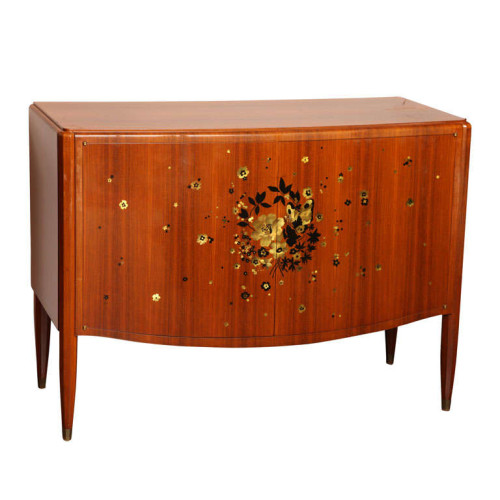Antiques are a rich part of our history that show no signs of waning interest. From vintage furniture to decorative art, one man’s trash is another man’s treasure and we can’t seem to get enough of it.
Before purchasing antiques, there are a few things to know. Here, we’ll outline common terms, starting points, and the importance of research.
Familiarize Yourself with the Terms
Before you consider buying antiques, you need to learn the language.
It’s not as extensive as other consumer industries but it’s important to learn so you can quickly identify good deals and unique items.
- Antique: an item that is at least 100 years old
- Collectible: virtually anything that a person can collect
- Vintage collectible: an item that is at least 50 years old
- Reproduction: a vintage or popular item that is created to look like the original piece (Note: reproductions predominantly have no value as an antique)
- Repro: Not to be confused with a reproduction, a repro is a modern item that’s created with the intent to trick consumers
- Price guides: Books filled with specific information on various antiques, including a history of the item, description, photos, and the average retail prices
- Auction catalogs: Predominantly published by auction houses, these catalogs include the differences between items’ selling price and asking price
Once you become familiar with the lingo, you can begin your shopping with the knowledge you need to ask the right questions, purchase authentic pieces, and get the best deals.
Knowing Where to Start
Finding where to start is often where new antique buyers feel a little out of their depths.
Thankfully, as antiques reach a modern way of exposure, many antique fanatics start online. Find reputable websites and begin perusing inventories, taking note of the items’ description, photos, and condition.
Then shop for antiques in person to see first-hand what you’re interested in and ask questions along the way. Visit reputable galleries and talk with them about where they obtain their merchandise. Don’t be afraid to reach out to other buyers and sellers to discuss items or their own techniques and process of buying.
The most important thing to remember is to have fun with it, research, and trust your gut. If something feels shady or out of place, odds are the deal isn’t as trustworthy as it may seem.
Do Your Homework
You can never do enough research. Whether you’re specializing in Fine Art or Rene Lalique chandeliers, having an extensive knowledge of the product includes its history, trends, and how to spot deceiving fakes. Check out books on these subjects and read up on specific eras or designs that you’re interested in purchasing.
Art deco, in particular, can be a tricky era to maneuver when it comes to finding originals. Find out how to identify genuine Art Deco furniture, lighting, and art and you’ll spot a great piece in no time.
A Paradise for Buying Antiques
Have a 20th-Century niche? Paul Stamati Gallery specializes in Art Deco items from the 20th Century. In fact, we are the world’s leading source for Art Deco lighting by Lalique.
Visit our gallery and peruse through aisles of Art Deco furniture, lamps, Fine Art and Decorative Art. We’d love to assist you in buying antiques that will beautifully enhance your home.
Paul Stamati Gallery specializes in 20th Century decorative arts and is the world’s leading source for Art Deco lighting by Lalique.
